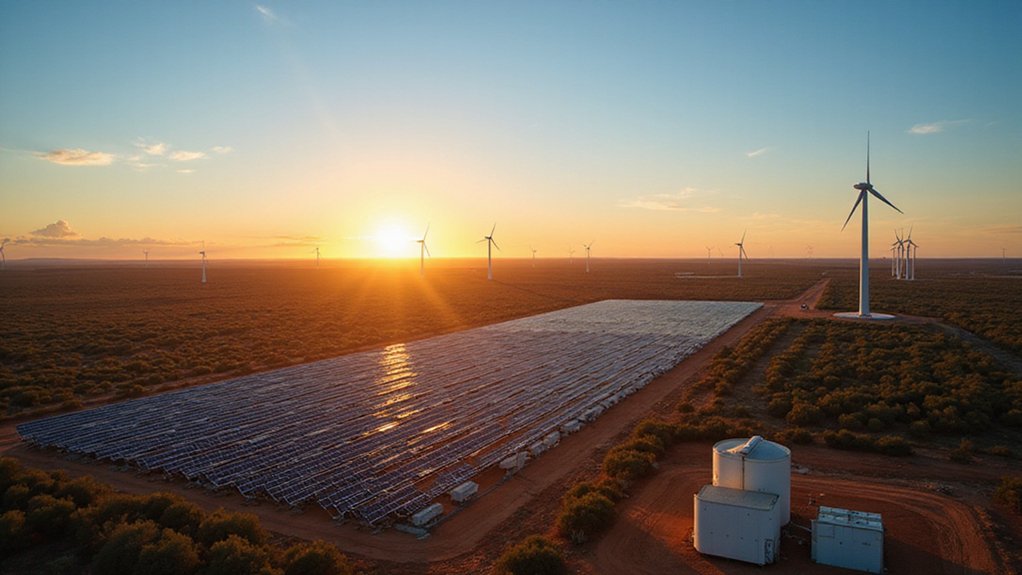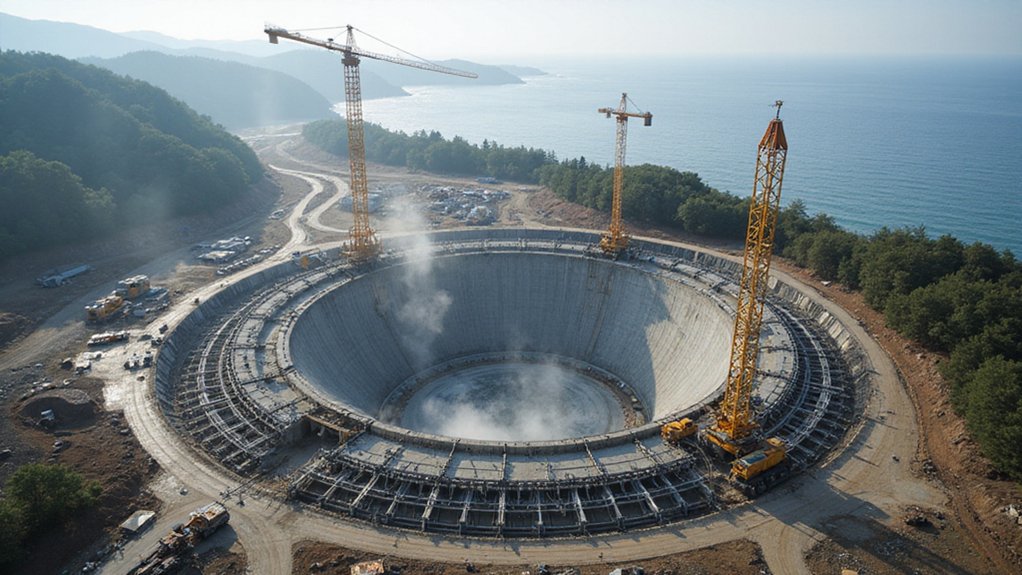Nuclear Power: LA’s Silent Guardian or Looming Threat?
While millions of Angelenos flip on their lights each morning, few realize that nuclear power silently supplies nearly 14% of their electricity. Much of this power comes from Arizona’s Palo Verde nuclear plant, where Los Angeles, Southern California Edison, and other municipal authorities share ownership. Southern California Edison draws just over 9% of its electricity from nuclear sources.
Unlike solar panels or wind farms, nuclear plants provide constant power regardless of weather conditions. This reliability becomes vital during heat waves when air conditioners strain the power grid. Nuclear energy produces no carbon emissions while operating, making it both clean and dependable. Much like hydroelectric energy, nuclear power serves as a reliable backup during peak demand periods when renewable sources may underperform.
Palo Verde and other nuclear facilities operate under strict federal safety regulations with routine inspections. Plants feature containment domes and robust infrastructure designed to prevent radiation leaks. Despite these precautions, public concerns persist about waste storage and disaster preparedness.
California’s energy environment shows the tension between nuclear power and renewables. The state’s Diablo Canyon plant recently received a five-year extension to prevent blackouts, despite earlier plans for closure. Regulatory preferences often favor renewable energy sources over nuclear, creating policy challenges. Tech giants like Microsoft and Meta are actively seeking nuclear partnerships to support their growing energy demands for AI operations.
Nuclear plants support thousands of jobs across California and neighboring states. The economic impact extends to electricity prices, as nuclear plants become less cost-effective when forced to operate part-time. The shared ownership model helps spread financial risks among municipalities. The recent investments by figures like Bill Gates and Bezos aim to develop more affordable nuclear technologies despite historical challenges in cost reduction.
Environmental groups continue to advocate against nuclear power while grid operators highlight its importance for stability. When solar panels stop producing at sunset or wind turbines pause on calm days, nuclear plants keep electricity flowing to critical infrastructure.
The debate continues in legislative sessions where lawmakers must balance emissions goals, reliability concerns, and economic realities. For now, nuclear power remains a significant part of LA’s energy mix, keeping the lights on while newer clean technologies develop.
Whether silent guardian or looming threat, nuclear energy’s role in powering Los Angeles remains substantial.
References
- https://www.latimes.com/environment/newsletter/2025-05-15/nuclear-reactors-power-los-angeles-should-we-panic-or-celebrate
- https://calmatters.org/economy/technology/2025/01/artificial-intelligence-is-bringing-nuclear-power-back-from-the-dead-maybe-even-in-california/
- https://en.wikipedia.org/wiki/Diablo_Canyon_Power_Plant
- https://www.nucnet.org/news/regulators-vote-to-extend-california-nuclear-station-operation-until-2030-12-1-2023
- https://fortune.com/2023/12/15/california-diablo-canyon-nuclear-power-plan-extend-operations-2030/








